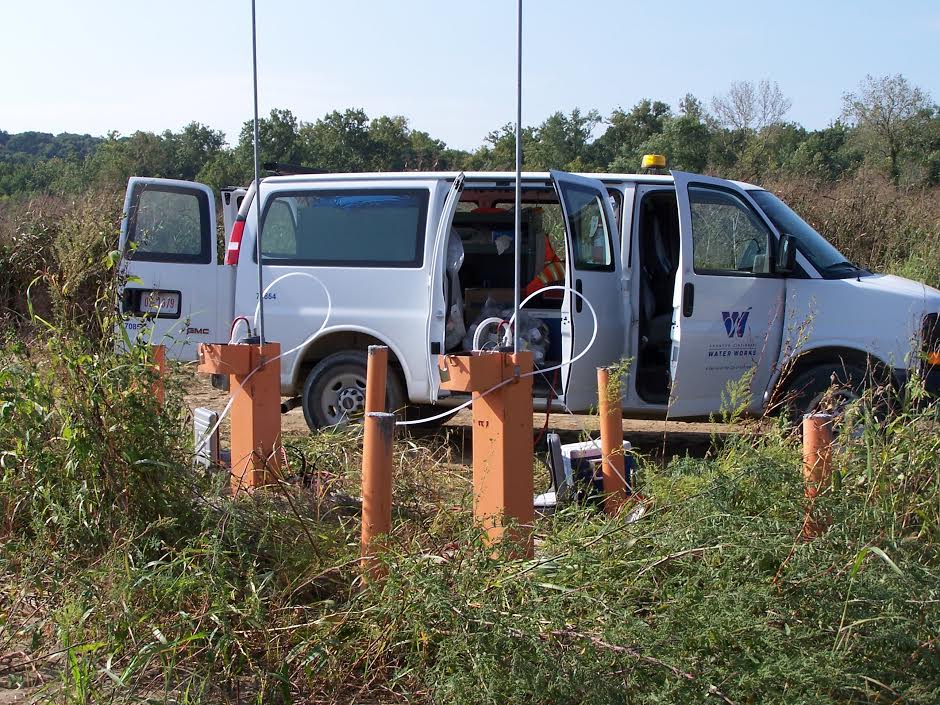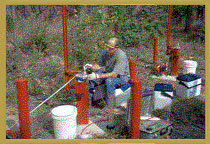
GroundWater Monitoring
Groundwater monitoring is an integral part of the Source Water Protection Program (SWPP). The primary objectives of the groundwater monitoring program are to :
- Provide, to the extent possible, an early warning of changes to groundwater quality or potential contamination of the aquifer near the members’ production well capture zones.
- Provide baseline groundwater quantity and quality data to be used as a guide for management and remedial efforts for the Source Water Protection Program.
- Provide limited baseline data on surface water quality, especially within the Great Miami River, to be used as a guide for management and remedial efforts throughout the region.
- Monitor the relative quantity of groundwater within the aquifer and response of groundwater due to pumping in the Consortium area.
- Track the effectiveness of the Source Water Protection Source Control Strategies; and
- Provide additional information on general water quality in the Source Water Protection Areas.
Information collected through the monitoring program may also be useful in future source water delineation efforts/updates.
MONITORING GROUNDWATER
Groundwater is monitored twice a year by collecting water samples from groundwater monitoring wells and analyzing the samples for certain characteristics (“parameters”). In addition, depth-to-groundwater measurements are collected monthly from each well to evaluate overall water level trends throughout the region. Typical groundwater monitoring parameters include nitrates, volatile organic compounds, pesticides, herbicides, metals, bacteria, and synthetic organic compounds. Temperature, pH, specified electrical conductance, dissolved oxygen, and alkalinity are also monitored. The results of these analyses are compared to Federal Standards for drinking water Quality. These standards are referred to as MCL’s or Maximum Contaminate Levels. To date no MCL’s have been exceeded in any monitoring well. Water levels are monitored monthly.
THE CONSORTIUM’S SWPP MONITORING PLAN
The Consortium’s SWPP Monitoring Plan involved the installation of 39 monitoring wells around the SWPAs and periodic groundwater sampling of these wells. Each well is four inches in diameter, constructed of PVC and protected by steel casings and guard posts at ground surface. Each well has a designated pump powered by compressed nitrogen which reduces the amount of time required to decontaminate portable pumps and tubing before and after each sampling. Wells were installed in pairs (one deep, one shallow) or in groups of three (one deep, one intermediate, one shallow). Sites were chosen on the basis of location in relation to potential pollution sources and Consortium well fields, and the availability of publicly owned land. Water samples are also collected from three surface water locations within the Great Miami River within the Source Water Protection Areas.
For more information about the Consortium’s Monitoring Program please contact Rich Stuck.
Contact at Greater Cincinnati Water Works: (513) 624-5659



Sampling a monitoring well

